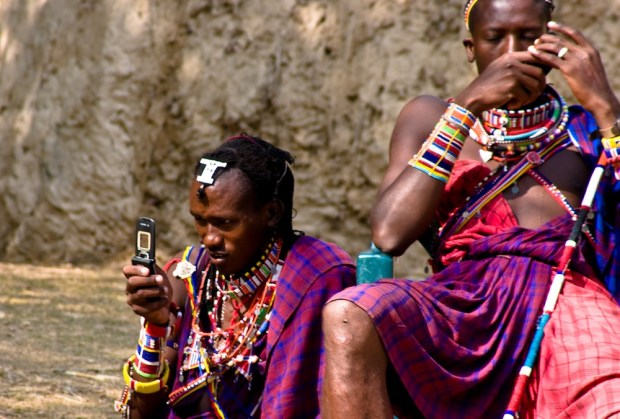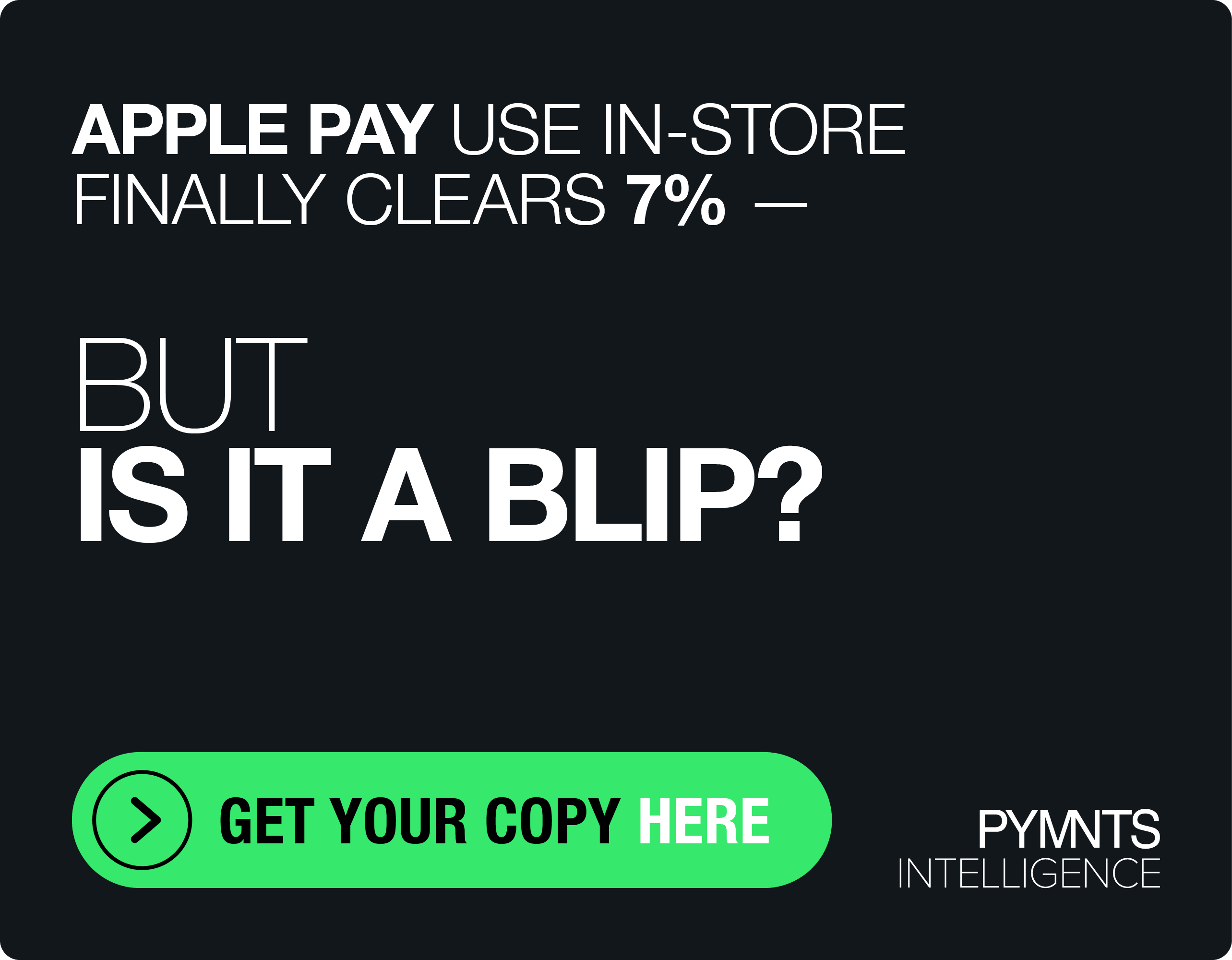Tossing Old Ideas On Emerging Economies

Though confusing to non-financial professionals, a big loan is much easier for a bank to make than a small loan. Though the natural assumption is that it would somehow be harder to loan more money than less, the reality is that the administrative side of lending is pretty much a sunk cost no matter what the size of the loan.
But whereas a large loan is easy to make money from — as even a small interest rate yields big returns — a small loan is harder to squeeze much revenue without adding a lot of revenue or fees. And, smaller loans often correspond to smaller businesses or individuals whose pockets aren’t quite as deep, both of which banks tend to regard as more risky.
And if the potential borrower has thin credit or not great credit, the loan can get very, very costly. Which is particularly problematic, as small dollar loan customers are generally the borrower class least able to handle extreme borrowing costs.
In the developed world, these issues appear most acutely for small businesses and consumers on the edges of the more mainstream credit system.
However, in the developing world the problem is nearly endemic, with access to mainstream financial products — from lending, to deposit accounts, to insurance — basically unavailable for large swaths of the consumer and SMB populations.
But not undesirable.
“What everybody wants actually is to build a relationship with these customers and lending becomes the onramp into that formal relationship,” Arjuna Costa, Investment Partner at Omidyar Network, told MPD CEO Karen Webster in a recent interview.
“It is a complex ecosystem that is evolving, but we see that a lot of key stakeholders are sitting up and taking notice in the last several years.”
And Omidyar would know — as the development of inclusive financial systems in developing economies has been at the core of its mission since founding as one of the first “philanthropic or impact” investment firms in 2004. Established by — and named for — eBay founder Pierre Omidyar, the Network has a simple goal: to harness the power of capitalism to invest for the greater good of mankind.
You know, the easy stuff.
Which has led the fund to take on financial inclusion in the developing world — a long called for goal from nation states, NGO, human rights activists and financial firms, that until very recently looked like one of the great popular but ultimately doomed ideas in the world.
But the world Omidyar Networks has observed and recently documented in a just-released study of Big Data, Small Credit and Emerging Market consumers is not the place it was even five years ago.
“There just wasn’t enough quantifiable information about what providers who are looking to satisfy the need needed to do to create an opportunity for these individuals to borrow,” Costa told Webster. “We have seen evolution over five years as we have been investing in very diverse aspects of this space. We had the inclusion lens on it, we had the insider perspective from being an investor and also a board member.”
And Costa said they’ve also had the granular view of having actually both taken their customers to coffee (literally) and also created incredibly rigorously controlled studies that control for income, gender, race and other factors – and to watch those behaviors up close and personal.
“But if I am the only one who is getting the insights, it makes me a better board member and much smarter investor. But it doesn’t move the market forward enough,” Costa noted.
And the market needs to move forward, because in the digital age it isn’t the same marketplace that existed even in 2010 — when the early innovations in leveraging digital funds platforms were just starting to pick up.
So how might the developing digital market surprise?
Developing Markets Are Not What We Think
“When I have gone to a village to ask people about their savings, they have pulled out three jars. One has money for school uniforms, one has money for seeds and one has money for medical expenses. Or the other version of that is they point to a radio, a chicken and a goat,” Anamitra Deb, study co-author, told Webster.
And while the anecdote is amusing, the point it makes is not. Rural and developing economies are not financial wastelands where commerce doesn’t happen. Rather, financial institutions have evolved very differently — as have consumer attitudes about savings. People are likely to save in hard assets (goats), and handle lending through bond brokers, family or friends.
“Savings and credit have have a wide variety of informal suppliers in a very sophisticated ecosystem that is completely invisible to outsiders,” Deb noted. “None of it fits the bill for what we like to see in finance, which is highly organized, documented and formalized.”
The problem with the informal system isn’t that it doesn’t work, Deb notes, but that it is insular and not well equipped to attach to larger-scaled systems.
“The big informal system doesn’t get you anywhere when you want into a bank and want to take on a loan. Because none of these systems look reliable, formal or have any good chance of onramping you into a formal system.”
But the incorrect idea that consumers in developing economies lack interest in mainstream banking is not entirely accurate. They lack regular access — and the financial systems they have regular access to does not place nicely with modern financial systems, particularly when it comes to loan underwriting.
A Variety Of Data Points
Credit evaluation in the developed world in some sense is dealing with a wealth of data that is official. Bank statements, auto loans, student loans, credit cards, billing statements, etc. Ranking credit for everyone in a developed economy is by no means easy, but generally there are a wide variety of opportunities to leave what the report calls “data footprints.”
The developed world, with its local and rather esoteric systems, doesn’t have the same ability to generate those footprints.
But that doesn’t mean consumers are interacting without a trace — in fact they are leaving all sorts of marks in they system with useful, measurable and quantifiable data.
“These are consumers that are in a sense only leaving a digital footprint with their phone use, their buying habits. As these consumers are accessing the digital world more, we have invested in several firms that have found ways to use that non-financial data into models that very successfully predict creditworthiness,” Costa said.
“The traditional way of lending that relied on understanding the consumer really through a very long-term and direct relationship or a lot of documents. Both of those things are very heavy.”
Digital data points — particularly combined with smart algorithms and real-time cloud computing capacity — defeats a lot of that heaviness, and can create useful and usable standards that making underwriting possible.
“And lending is a classic pull product,” Costa added, “it is a very good product to draw people along into mainstream financial services with.”
Not All Developing Markets Are The Same
Omidyar’s survey was not based in one locale, but two: Kenya and Colombia. And that choice — a more middle-class and more rapidly modernizing economy vs. a much more diffuse and working class society — was intentional and aimed at getting a complete view of how digital financial products were used.
Unsurprisingly, they were used rather differently.
“We see in both of these places markets that evolved to provide very different types of products,” Costa said. “One of the things we did see is that Colombia had a lot of forward investments. In Kenya you see more simple cash flow management.
And Colombia, with its more future-looking investments, resulted in larger loans, measured in a few hundred dollars, as opposed to less than $50.
“In both of these places, you get a difference in needs,” Costa said. “You also learn a lot about the total complexity and sophistication of the market. Some of the money that the Kenyans need for emergencies, someone in Colombia might have been satisfied by a savings account or possibly by insurance.”
And that, Costa noted, is a key question to ask when developing systems in emerging markets: are products used in one place, that in another might be handled by a different tool that for some reason is not present in this market?
Making Money On It All
The last piece of the puzzle — once one has accounted for need and level of interest — comes the traditional stumbling block for developing world microfinance. There is just not enough ways to make money doing it.
But that, Costa said, is the disruptive innovation. In an age when the front-end costs around physical location can be picked up and disposed of with digital interaction, the math changes a lot.
“Now a $30 loan can make money, whereas before you needed a $300 loan to make money. They can just do things in a much better, faster way,” Costa said. “That is why we think they can crack the faster, cheaper and still profitable barrier.”
Not every firm can of course, nor will many. But many will, Costa said, and in fact are right now.
It won’t always be easy. He noted that markets like Kenya, where there was a massive public-private collaboration, attained a rapid level of success that others would find hard to replicate — but it is possible.
And, more importantly, necessary.
“The market is finally ready, and this can make a transformative difference in lives all over the world. And that is a very hopeful thing.”
